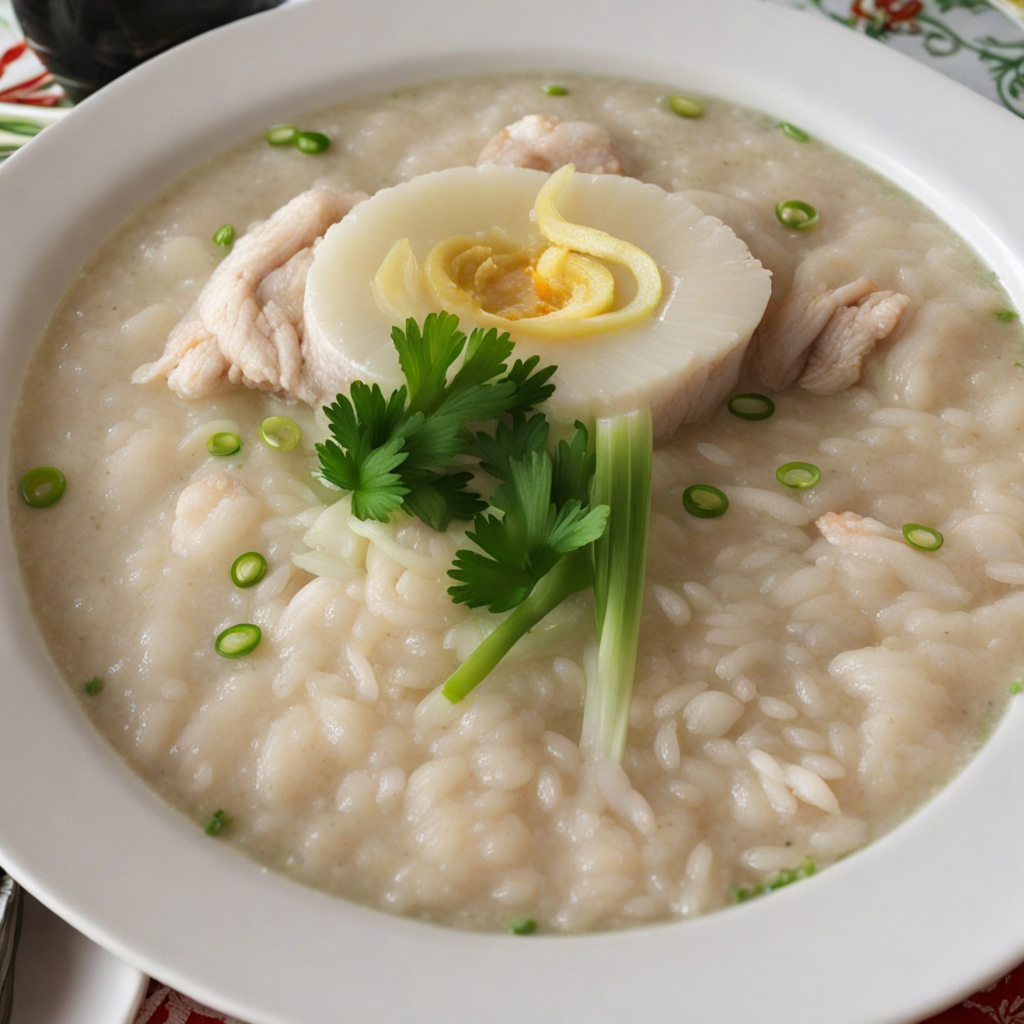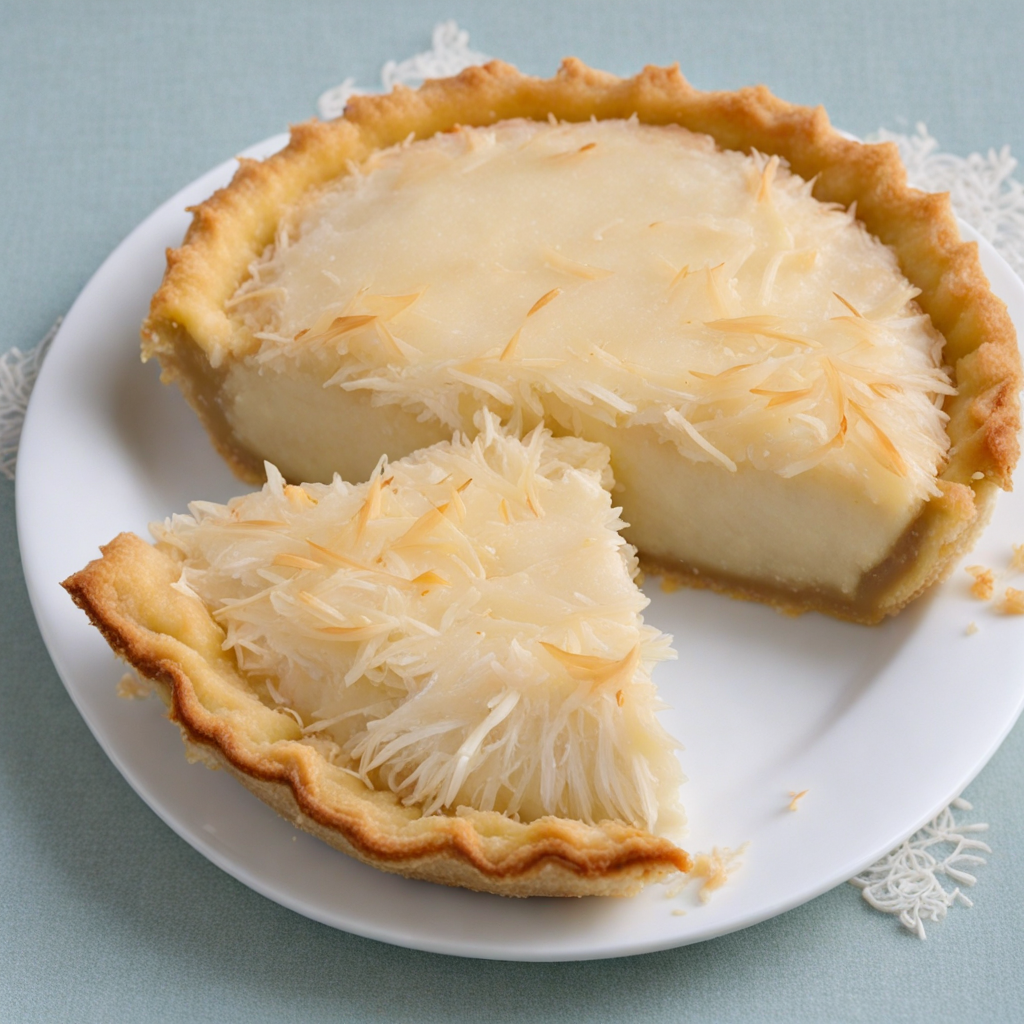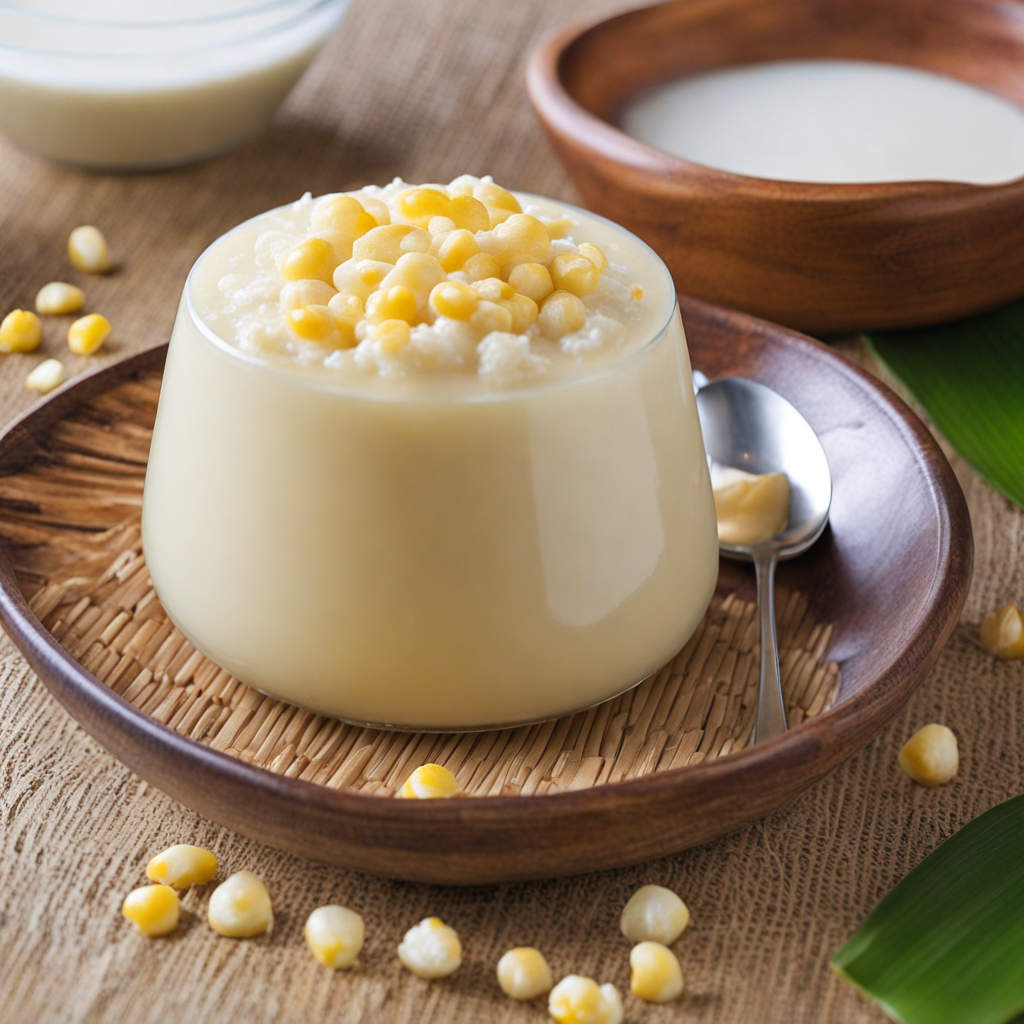Puto
Puto is a delightful Filipino delicacy that is often described as a steamed rice cake, which offers a unique combination of texture and flavor. Made primarily from rice flour, sugar, and coconut milk, puto is typically light and fluffy, with a subtly sweet taste that makes it a beloved treat among Filipinos. The batter is poured into small molds and steamed to perfection, resulting in a soft and spongy cake that can be enjoyed on its own or paired with savory dishes. The vibrant white color is often enhanced with food coloring, creating an eye-catching presentation that adds to its appeal.
How It Became This Dish
Puto: A Delicious Journey Through Philippine History Puto, a traditional Filipino steamed rice cake, is more than just a delightful treat; it serves as a culinary emblem of the Philippines, woven deeply into the fabric of the nation’s culture and history. Its origins, evolution, and cultural significance provide a fascinating glimpse into the rich tapestry of Filipino food culture. Origins: A Blend of Cultures The roots of puto can be traced back to the pre-colonial period in the Philippines, where rice was a staple food among various ethnic groups. The indigenous peoples of the archipelago utilized rice not only as a primary sustenance but also as a base for various dishes, including rice cakes. The process of steaming rice cakes likely originated from ancient practices involving the use of bamboo containers or earthenware pots. With the arrival of the Spanish colonizers in the 16th century, new ingredients and culinary techniques were introduced to the Philippines, transforming traditional recipes. The Spanish influence brought about the use of eggs, milk, and sugar, which began to find their way into local cuisines. It is during this period that puto began to evolve into the more recognizable form we know today. The name itself is believed to be derived from the Spanish word “pudín,” which means pudding, highlighting the blend of local and foreign influences that characterize Filipino cuisine. Cultural Significance: A Symbol of Community and Celebration Puto holds a special place in Filipino culture, often associated with communal gatherings, celebrations, and religious festivities. It is typically served during special occasions such as birthdays, fiestas, and holidays, making it a beloved food for both celebratory and everyday meals. The versatility of puto allows it to be enjoyed as a snack, dessert, or even as a side dish accompanying savory foods, such as dinuguan (a pork blood stew). One of the most significant cultural roles of puto is its presence during the All Saints’ Day celebration known as "Araw ng mga Patay," where families honor their deceased loved ones. During this time, puto is often placed on altars alongside other offerings, symbolizing remembrance and respect for the departed. This connection to the spiritual world highlights how food plays a crucial role in Filipino customs and rituals. Puto also serves as a unifying dish among various regional cultures within the Philippines. Each region has its unique twist on this classic treat, incorporating local ingredients and flavors. For instance, in the northern regions, particularly in Ilocos, puto is often made with glutinous rice and flavored with coconut milk, resulting in a denser and richer cake. In contrast, in the southern regions, such as Mindanao, the use of pandan leaves or ube (purple yam) is common, introducing vibrant colors and distinct flavors. Development Over Time: A Culinary Evolution As the Philippines entered the 20th century, puto continued to adapt and evolve, reflecting the changing tastes and influences of modern Filipino society. The introduction of new baking and steaming techniques allowed for greater experimentation with flavors and textures. In urban areas, puto became more commercialized, often sold by street vendors and local bakeries, making it accessible to a broader audience. The post-war period saw a resurgence of interest in traditional Filipino food, as there was a cultural movement to reclaim and celebrate indigenous culinary practices. This led to a renaissance of traditional recipes, including puto, with an emphasis on using locally sourced ingredients. Home cooks and chefs alike began to experiment with different variations, resulting in the emergence of unique flavors and presentations, such as puto with cheese or salted egg topping. In recent years, the globalization of food culture has further influenced the development of puto. With the Philippines becoming more connected to the world, fusion recipes began to emerge, combining puto with international flavors and ingredients. Chefs started to incorporate elements from other cuisines, resulting in innovative creations such as puto cupcakes or puto with matcha. Social media and food blogging have also played a significant role in popularizing puto, allowing home cooks and chefs to share their recipes and stories with a global audience. This online presence has sparked interest among younger generations, encouraging them to explore their culinary heritage and experiment with traditional recipes. Puto Today: A Culinary Heritage and Future Promise Today, puto is more than just a food item; it is a symbol of Filipino identity and resilience. It embodies the spirit of community and family, bringing people together to celebrate life’s milestones and honor traditions. As Filipino cuisine continues to gain recognition on the global stage, puto stands as a testament to the rich cultural heritage of the Philippines. In contemporary culinary circles, puto is often featured in trendy cafes and restaurants, where chefs put modern spins on the classic dish. This evolution showcases the adaptability of Filipino cuisine and its ability to embrace change while maintaining its core essence. Moreover, the rise of food tourism in the Philippines has led to an increased interest in traditional foods, including puto, as visitors seek authentic culinary experiences. As the world becomes more interconnected, the future of puto looks promising. With younger generations taking an active interest in preserving their culinary heritage while also innovating, puto will likely continue to evolve. It will remain a vital part of Filipino food culture, serving as a bridge between the past and the future, bringing together diverse influences while honoring its roots. In conclusion, puto is more than just a delicious rice cake; it is a reflection of the Philippines’ rich history, cultural significance, and the dynamic evolution of its culinary landscape. As it continues to be cherished and celebrated, puto will undoubtedly remain an integral part of the Filipino identity, a sweet reminder of home, heritage, and community.
You may like
Discover local flavors from Philippines







